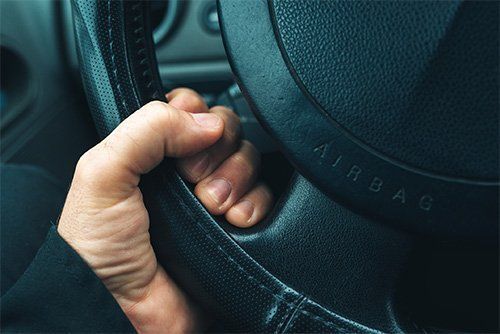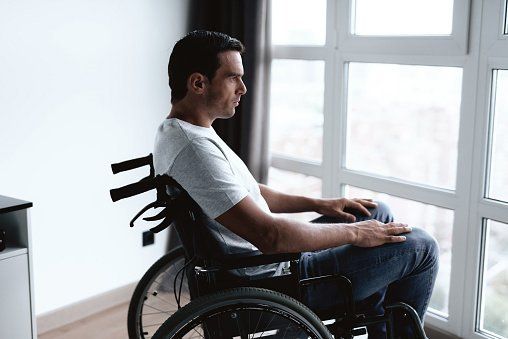3 Types of Elder Abuse and What to Look For
December 4, 2017

According to research, roughly one in ten older Americans suffer from at least one type of elder abuse, including verbal, financial and physical mistreatment. While this type of abuse can occur anywhere, it often occurs in nursing homes. This is why many family members try to care for their loved ones themselves.
Unfortunately, this cannot always happen and one must put the care of their loved one in the hands of another and trust that they will provide the best possible care. If this is you, it is important that you familiarize yourself with some of the most common signs of neglect and abuse so that you can report them and take the necessary legal steps if, and when, it happens to you and your loved one.
Physical Elder Abuse
For abuse to be defined as physical, it must have consisted of the intentional infliction of pain and/or injury on the victim. This may include shoving, slapping, kicking, etc. You may notice that your loved one has unexplained scratches, bites, or burns on his or her body.
If your loved one has recently suffered an injury, such as a broken bone, and there is not an unlikely explanation, this could be a sign that there is something going on out of the ordinary. The same is true if your loved one has a history of falls, injuries, and/or hospitalizations.
Emotional Elder Abuse
With emotional abuse, someone must speak to an elderly individual in a way that results in emotional distress or pain. This may include yelling, threatening with intimidation, causing humiliation, ignoring the elderly, or even isolating the elderly from activities or friends.
If you notice that your loved one has withdrawn themselves from their normal activities for no reason, has strained relationships with their friends and possibly even with yourself, or is getting into frequent arguments with others, it may be a sign that emotional abuse is occurring.
Financial Elder Abuse
Financial abuse consists of someone using an elderly individual's financial property or funds without his or her permission. There are many ways in which this can be done. In a nursing home, it is often done by stealing personal belongings or cash, misusing personal checks or credit cards, forging the elderly's signature and engaging in identity theft.
In some cases, it can be very difficult for family members to detect that financial abuse is even occurring. This is particularly true if the caregiver is simply stealing cash, as there is no way to track it. However, if there are unexplained withdrawals or personal items or disappearing from your loved one's rooms, these are potential signs of financial abuse.
Elder Abuse Isn't Being Reported Enough
Despite the fact that the aforementioned signs may be present, elder abuse goes underreported - there are five cases that go unreported for each incident that is reported. Why? It is often due to the fact that the elderly are unable to effectively communicate that something has happened to them due to mental or physical impairments. In other instances, they may not report incidents out of fear.
However, it is important that all elderly individuals understand that there is an alternative and that they do not have to live in an abusive environment. When elderly individuals are unable to speak up for themselves, it is up to family members to keep an eye out for signs of abuse and neglect so that the appropriate actions can be taken.
If you believe that your elderly loved one is in a situation where they have been abused, mistreated or neglected in any way, contact
Frederic M. Rosen, PC to discuss the facts of your individual situation and see if the evidence warrants the filing of a lawsuit.









